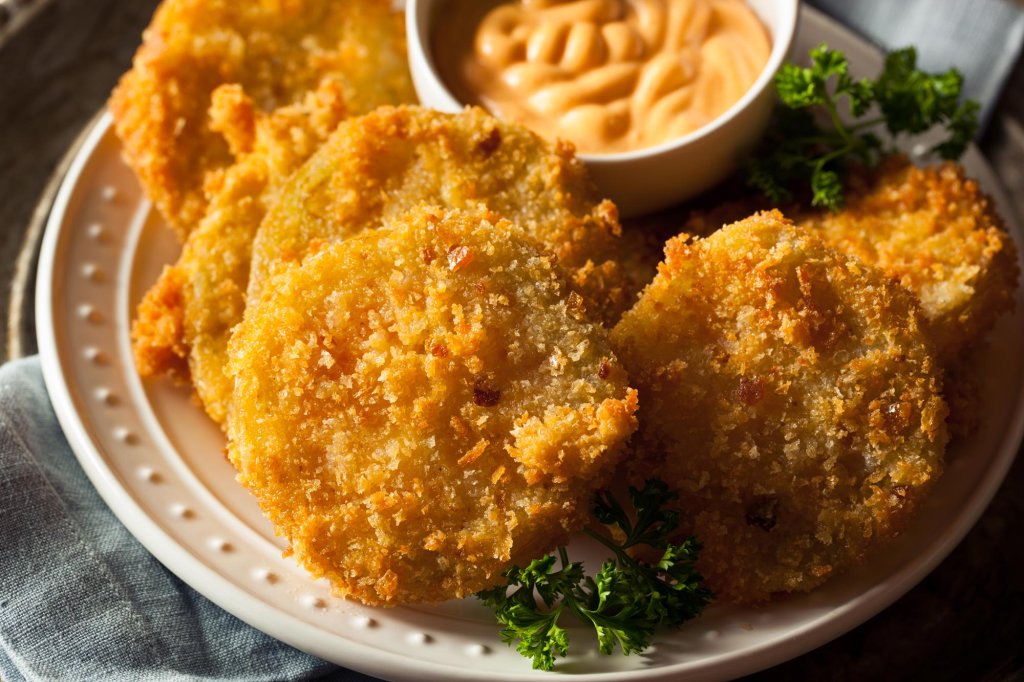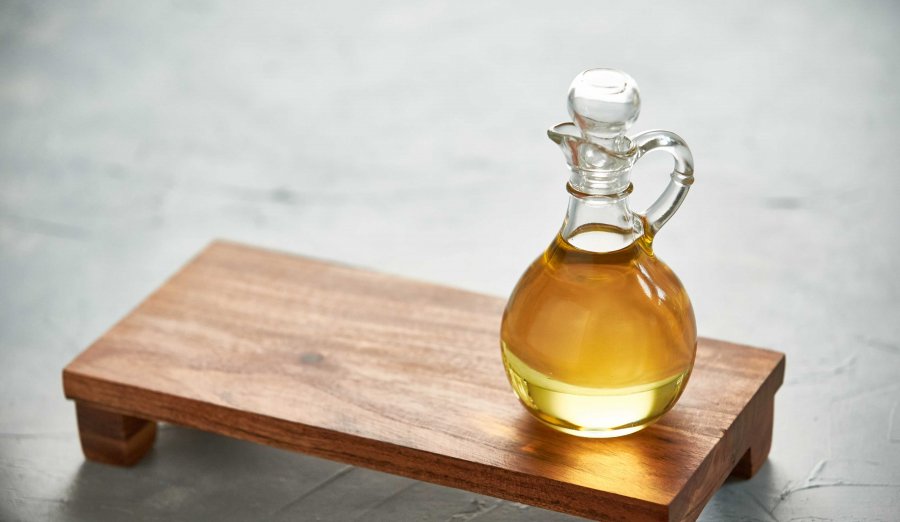- Articles
- July 7, 2023
Advantages of Cooking With Cottonseed Oil

From frying to baking to marinating, cottonseed oil is a chef’s secret weapon thanks to its neutral flavor1 high smoke point2 and long shelf life3. It offers culinary experts and commercial kitchen operators a plant-based and cost-effective way to create a variety of tasty menu items.
A large part of its appeal comes from its versatility. Cottonseed oil can be used in a variety of cooking methods to create menu items across day parts. Plus it’s kosher4, which underscores its mass appeal. Here’s just a short list of the ways cottonseed oil can be put to work in the kitchen:
- Baking: Cottonseed oil provides a perfect neutral base where oil can be used as an appropriate fat.
- Braising: Cottonseed oil provides a high smoke point and flavor neutrality which is perfect for searing.
- Deep Frying: Since most deep frying takes place between 375-400 °F, cottonseed oil’s 450 °F smoke point leads to even browning, less fat absorption and longer fat life in the deep fryer.
- Grilling: Cottonseed oil’s high smoke point2 makes it great for grilling because it allows foods to cook at a high heat which limits sticking to grates or cooking surfaces.
- Marinating: Cottonseed oil’s neutral flavor is a perfect vehicle for transporting prominent flavors in a marinade.
- Pan Frying: Cottonseed oil’s high smoke point and flavor neutrality help ensure proper browning and foundational flavor canvas.
- Dips and dressings: Cottonseed oil’s flavor stability3 and saturated fat content make it a great base for dips, dressings and vinaigrettes.
This article digs further into a few of the top cooking methods plus shares tips and recipes to inspire successful experimentation.
Fry With Cottonseed Oil
Deep frying is a common use for cottonseed oil. The chefs at Café du Monde fry their legendary beignets in cottonseed oil, and it’s a go-to for the chefs at Brown’s Chicken due to its smoke point and neutral flavor which create a light, satisfying crunch. Commercial restaurant operations can typically purchase it in either gallon containers or 35-pound bulk to meet most operational needs.

Here are just a few tips to help make deep frying with cottonseed oil a success.
- Make sure your fryer is clean. Filtering the oil and cleaning out the fryer each day is recommended for quality product and extending the life of the oil used.
- Any breaded items should be added to baskets over a dry bin to catch excess crumbs that will change the nature of the oil and shorten its life.
- Make sure that the oil is up to temperature, typically between 350-400 °F.
- Do not over fill baskets. This will cool down the oil and cause the items to clump.
- If frying battered items, shake off excess batter and gradually add the item to a basket already immersed in the hot oil.
- Give the oil ample time to recover to temperature in between batches.
- Periodically skim excess crumbs and food particles from oil to help extend its life.
- Oil and water do not mix. Items with high water content will cause the oil to bubble and expand so the potential for dangerous overflow is real. Gradually add items until the oil settles down.
- Most items will need to be flipped in the fryer for equal cooking and browning.
There’s no doubt cottonseed oil produces amazing french fries. When frying fresh-cut potatoes, they should be soaked in cold water for a few hours to bleed out some of the starch. Then dry the potatoes, blanch in the oil and chill before finish frying. Blanch at 350 °F and finish at 375 °F.
Don’t be afraid to go beyond potatoes by creating crispy fried green tomatoes or portabella mushroom fries for more plant-based additions to your menu.

Bake With Cottonseed Oil
If you haven’t been using cottonseed oil to create creamy whipped toppings and moist cupcakes, now’s your chance to up your baking game. Cottonseed oil provides a solid fat index for shortening, making it an amazing moistener and tenderizer for baking. It forms a beta-prime crystalline structure and coats components like gluten and starch to prevent excessive hydration and interferes with the sugar crystallization to deliver a smooth sensation with every bite.
Try it for your next donut, cake or even puff pastries, which offer the opportunity to add a customized sweet, tangy or spicy touch your customers will crave.

Dip, Drizzle and Spread With Cottonseed Oil
Cottonseed oil is also a great ingredient without the heat. You may be using it already and not even know it because many commercial mayonnaise products use cottonseed oil or a blend of it in their products. It’s a perfect foundational oil for dressings, vinaigrettes and dips when a neutral flavor profile is required. Chefs can create without worrying that the oil will interfere with its own flavor components in the process.
Garlic confit, garlic aioli and chili crisp are just a few of the savory dips and spreads you can whip up with the help of cottonseed oil.

Now that you know the advantages of adding cottonseed oil to your back of house or operation, it’s time to get cooking. Check out these recipes from Chef Carlo Lamanga and Karrie Hills that showcase Filipino and plant-based ideas to inspire your creativity. You can also download this culinary curriculum to ensure you have a solid foundation for success.

